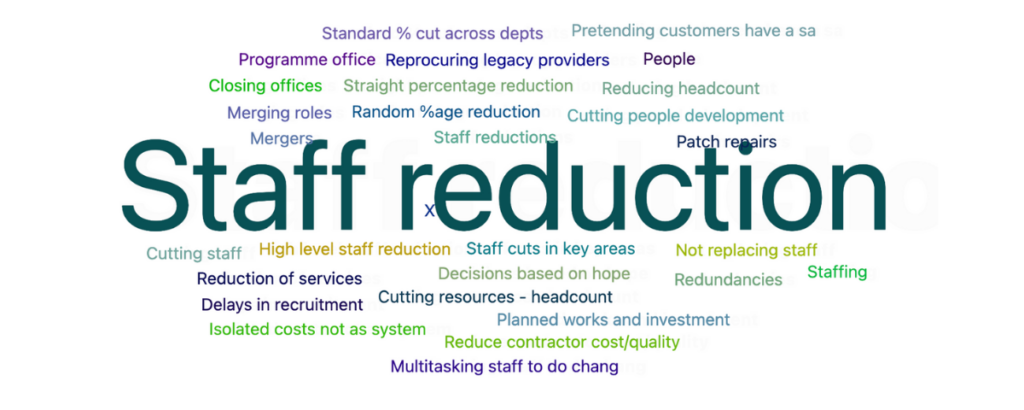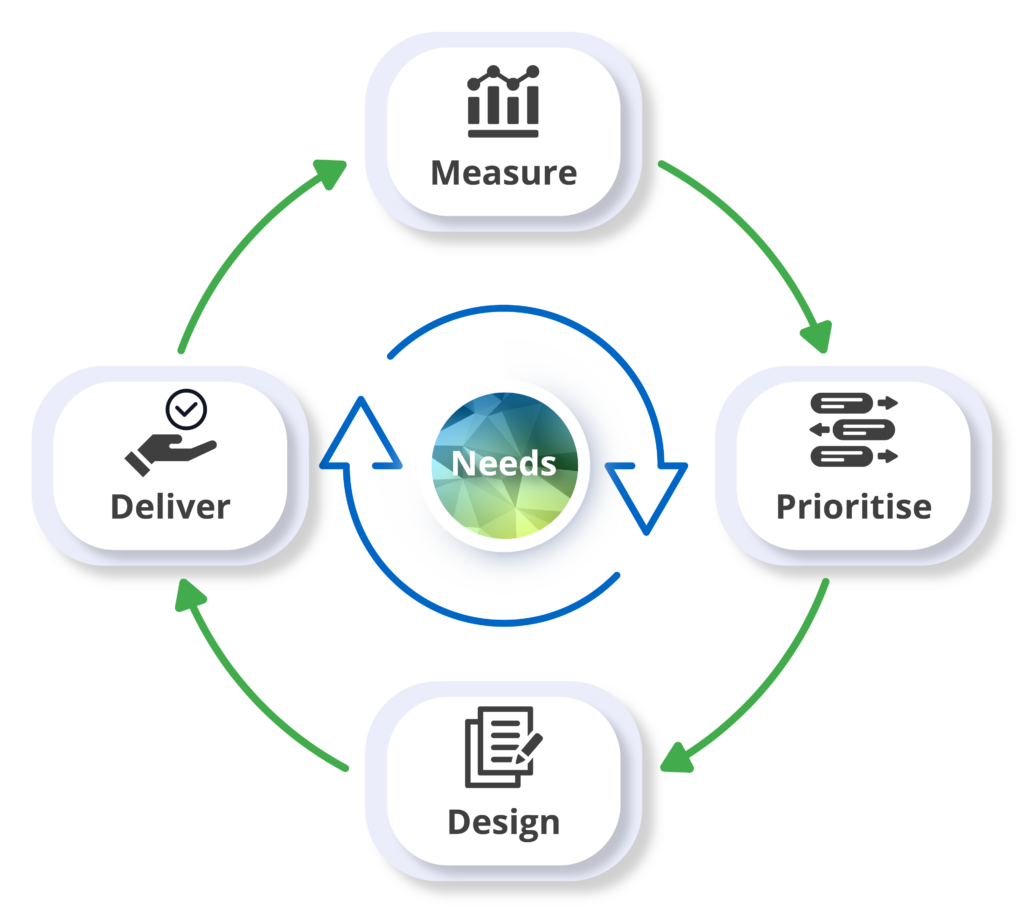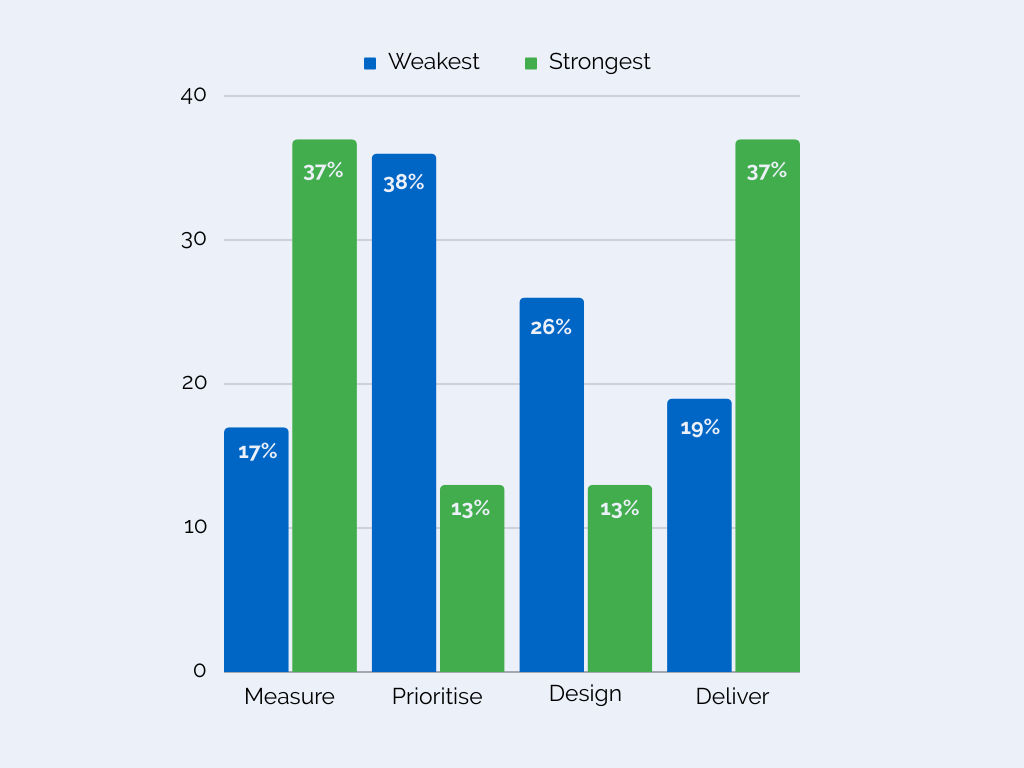Innovation in social housing was the key focus at this year’s Housing Digital Live, where Switchee’s CEO Tom Robins took to the stage to explore how a Needs Based Operating Model is required to drive social housing forward.
In his keynote, Tom highlighted the pressing need for innovation and effective resource allocation in housing, challenging incremental cost-saving methods that often limit progress and negatively impact resident satisfaction. When it comes to cost-cutting, while a ‘salami-slicing’ approach may appear rational, the implications extend far beyond the organisation.
Exploring the impact of this ‘salami slicing’ approach on residents, Tom discussed the challenges around first-time access rates. Cross-departmental, fragmented budgeting and lack of visibility or measurement are inextricably linked to below-average access rates - around the mid-40 % range - ultimately leading to a poor resident experience and increased costs.
When polled anonymously, the audience were asked What is your least favourite cost-reduction tactic?
The results showed that most were concerned about staff reduction/redundancy as a cost-saving measure.

To avoid such cost-saving tactics, a Needs Based Operating Model is paramount to strategic innovation in social housing. This model requires a paradigm shift from conventional top-down budgeting to a more resident-centric, bottom-up approach.

Needs: Centric to this model is recognising that resources are finite and therefore allocating them based on actual need rather than spreading them thinly across multiple areas is the best approach.
Measure: Once needs are understood, the model looks at the measurement of the needs identified and if that measurement already exists. If so, what are the agreed metrics, and how often can they be measured? An important consideration here is data collection and frequency thereof. Relevant and timely data can lead to better decision-making driven by the data.
Prioritise: Based on the measurement of needs, the transformation team can prioritise action driven by data. Stakeholder management is integral to the prioritisation of design and delivery.
Design: Solution design based on prioritisation of needs. Considering the design journey as a whole and assessing the co-design capabilities across teams, this is an opportunity to involve residents in the design process to strengthen the future delivery of designed solutions.
Deliver: Making fundamental changes to how things are done and measuring this again to make sure that the changes have truly made a difference.
Which capability is your organisation weakest/strongest at?
When polled, the audience expressed that overall their organisations were strongest at the Measurement and Delivery stages of the Needs Based Operating Model, however Prioritisation and solution Design were the areas of greatest weakness.

Concluding his keynote at Housing Digital Live, Tom called for a sustained commitment by the social housing sector to the Needs Based Operating Model, emphasising that continuous innovation and a resident-first approach are crucial for the transformation of the housing sector.
How can providers in the sector add value to your organisation’s Needs Based Operating Model, helping you do more with less with your residents in mind?

